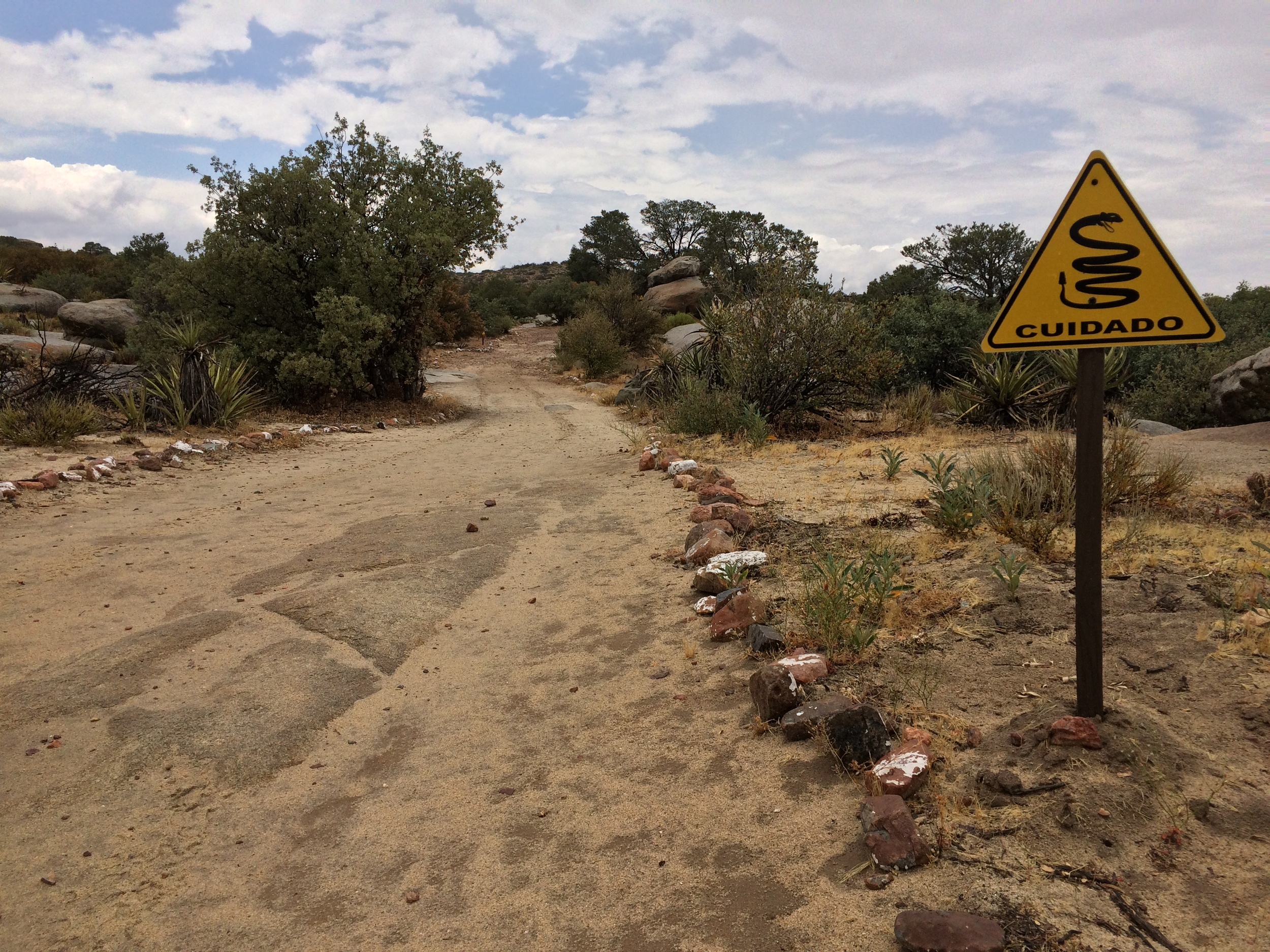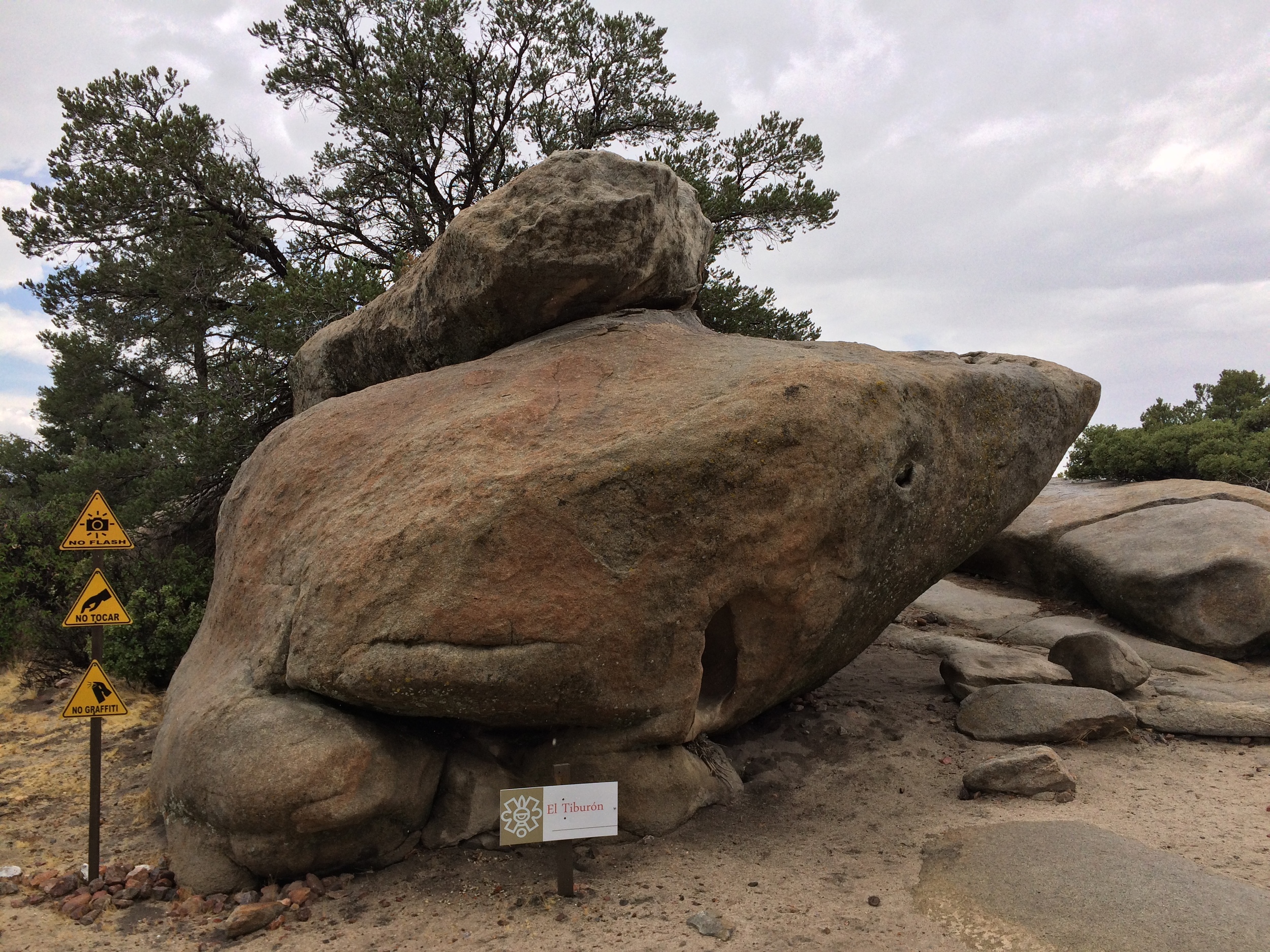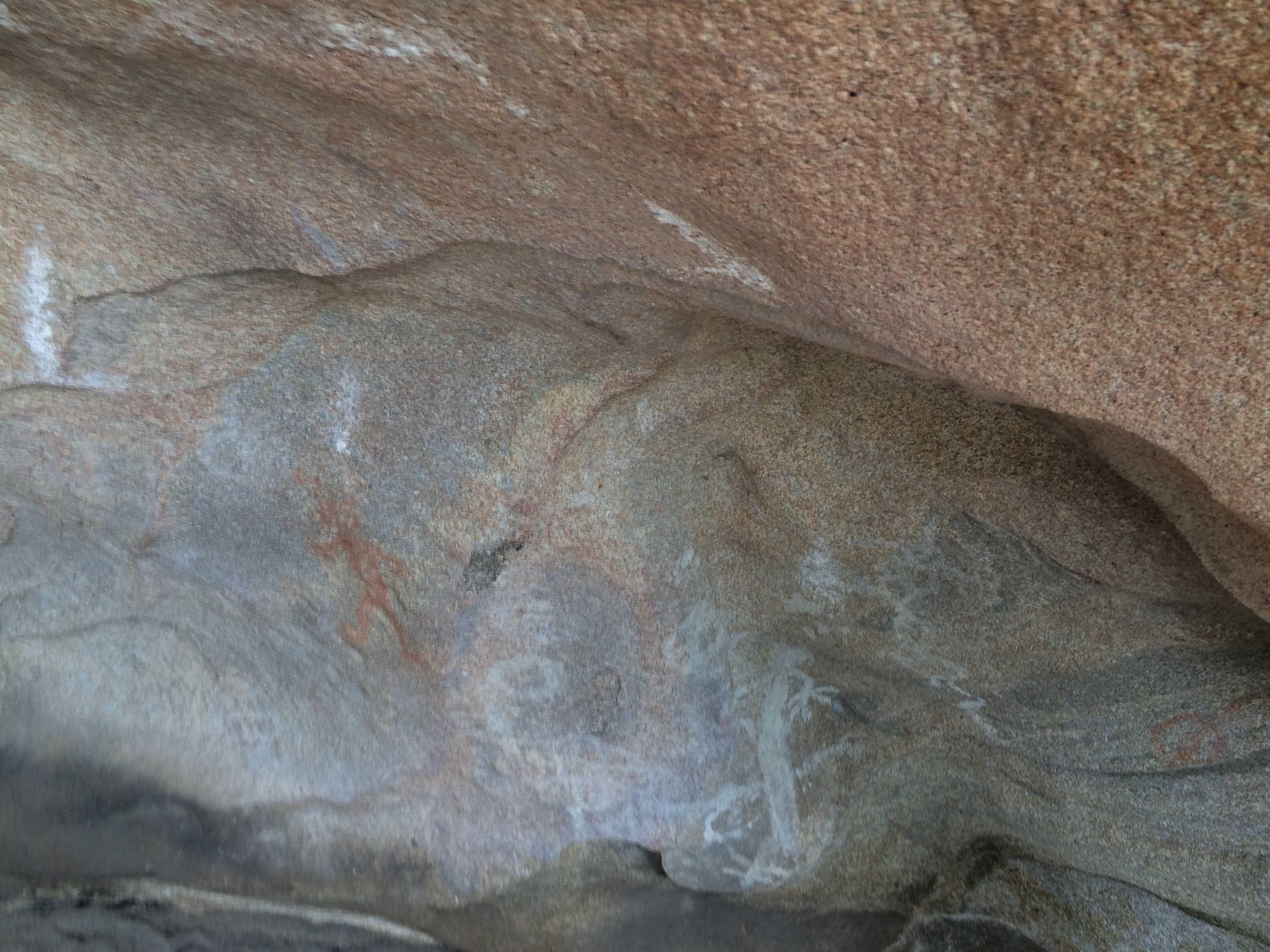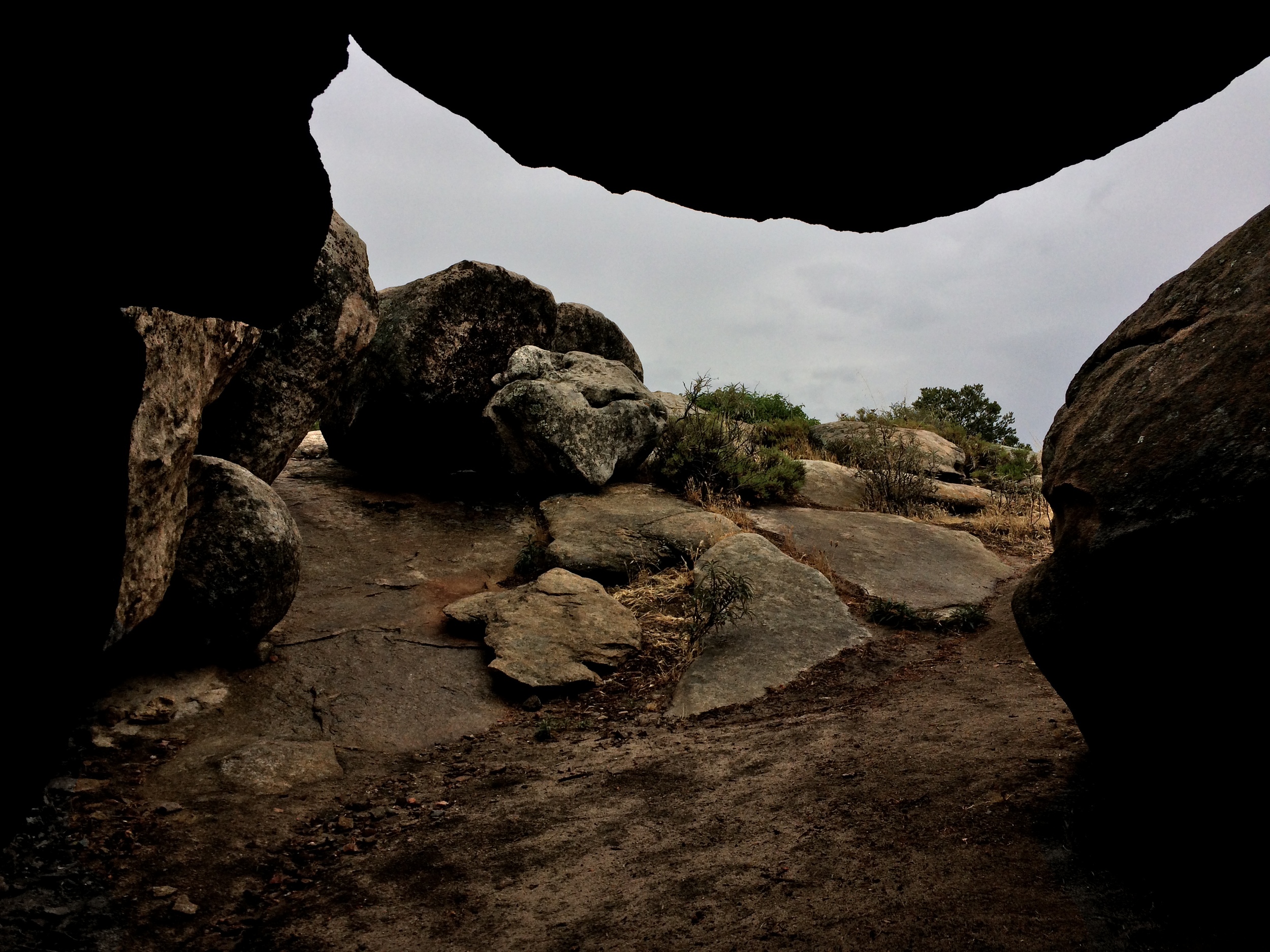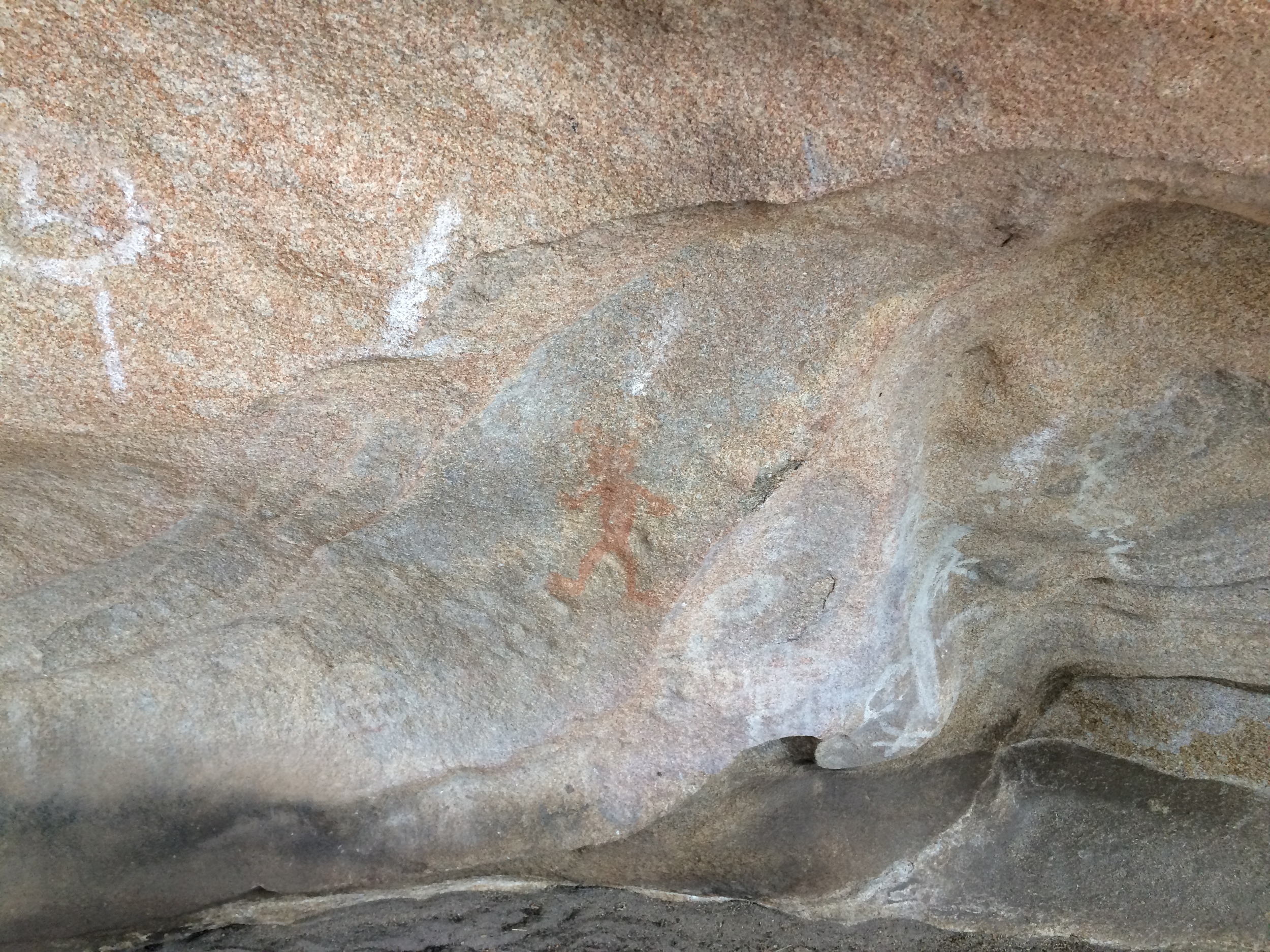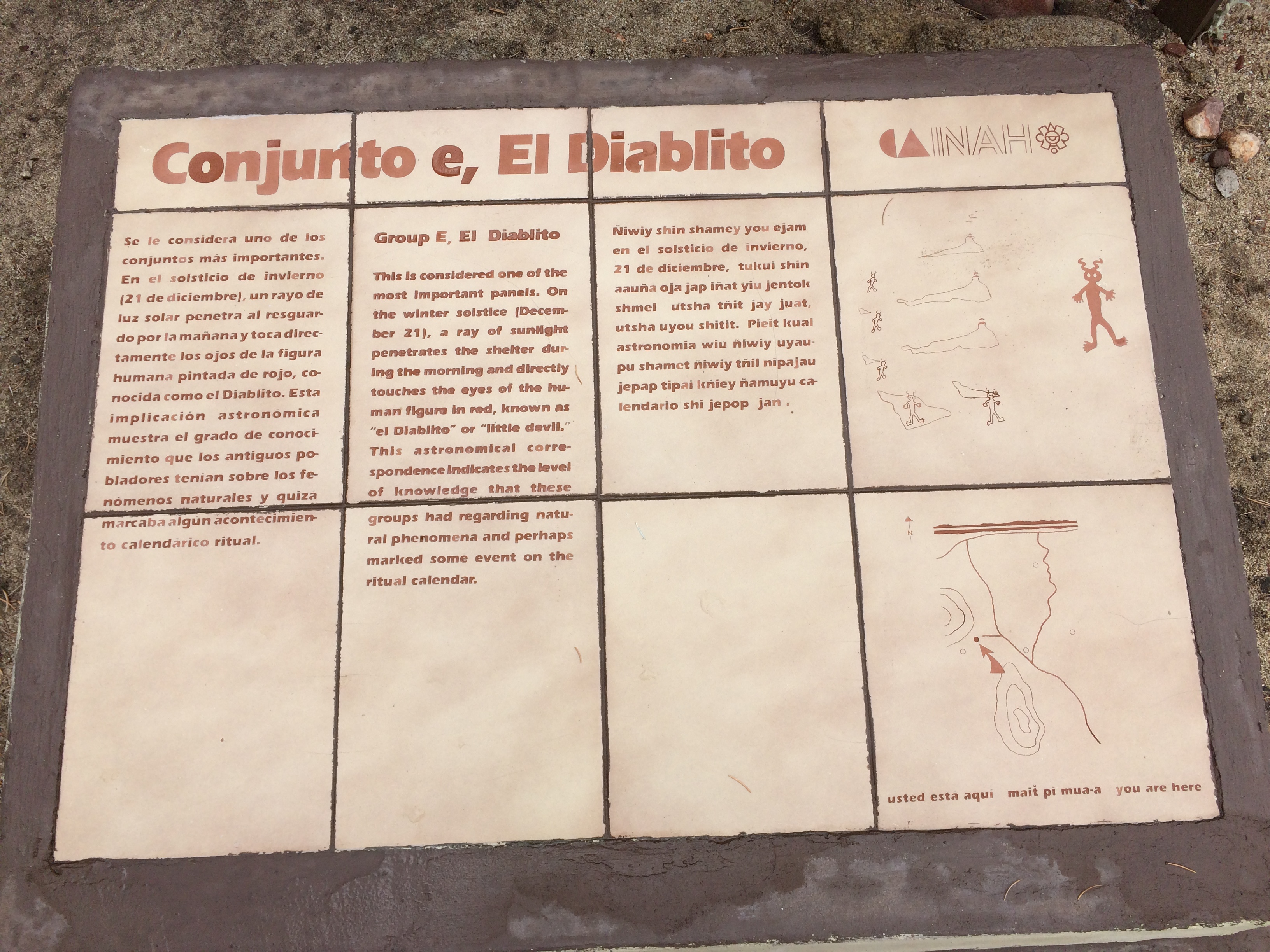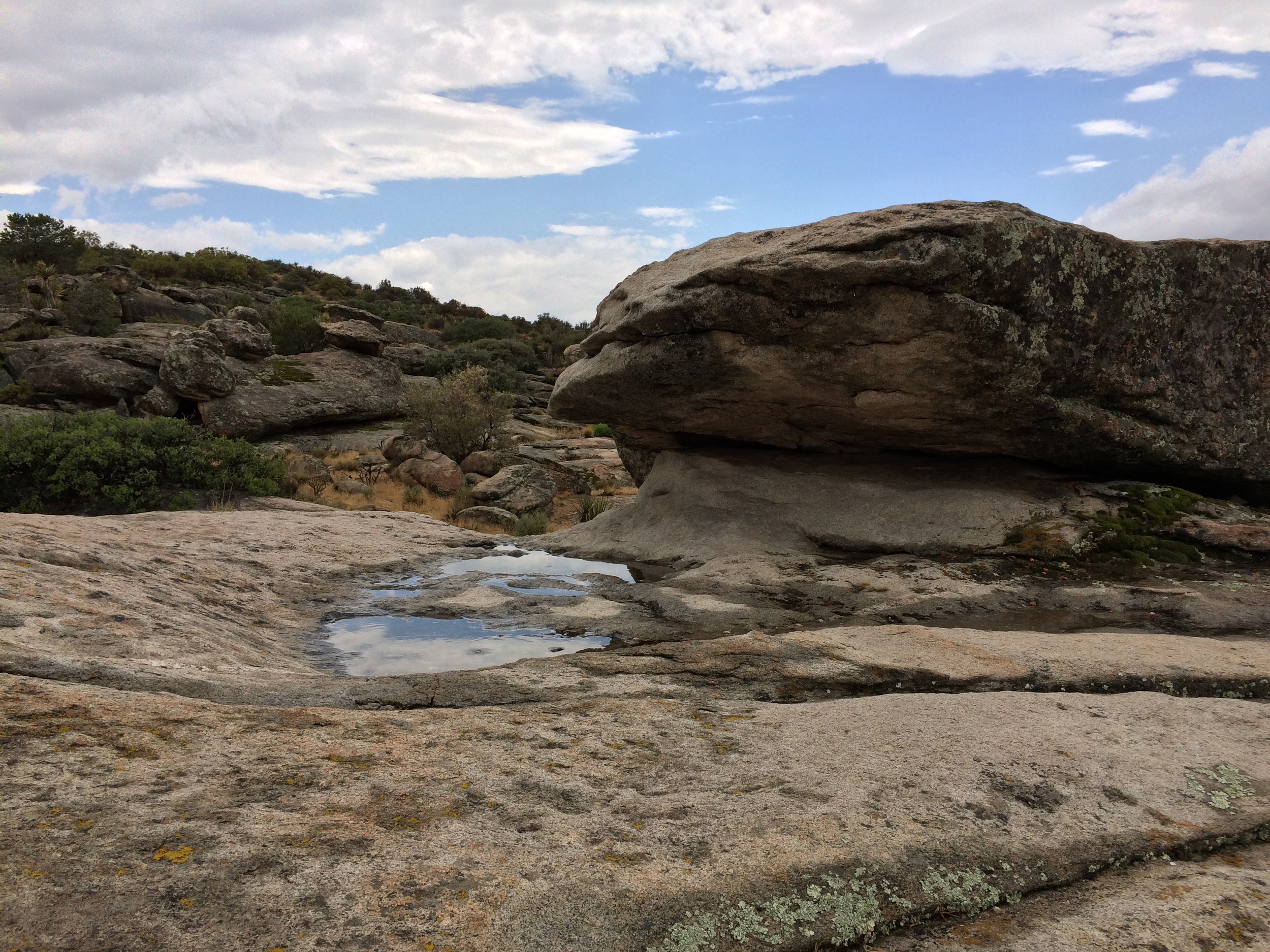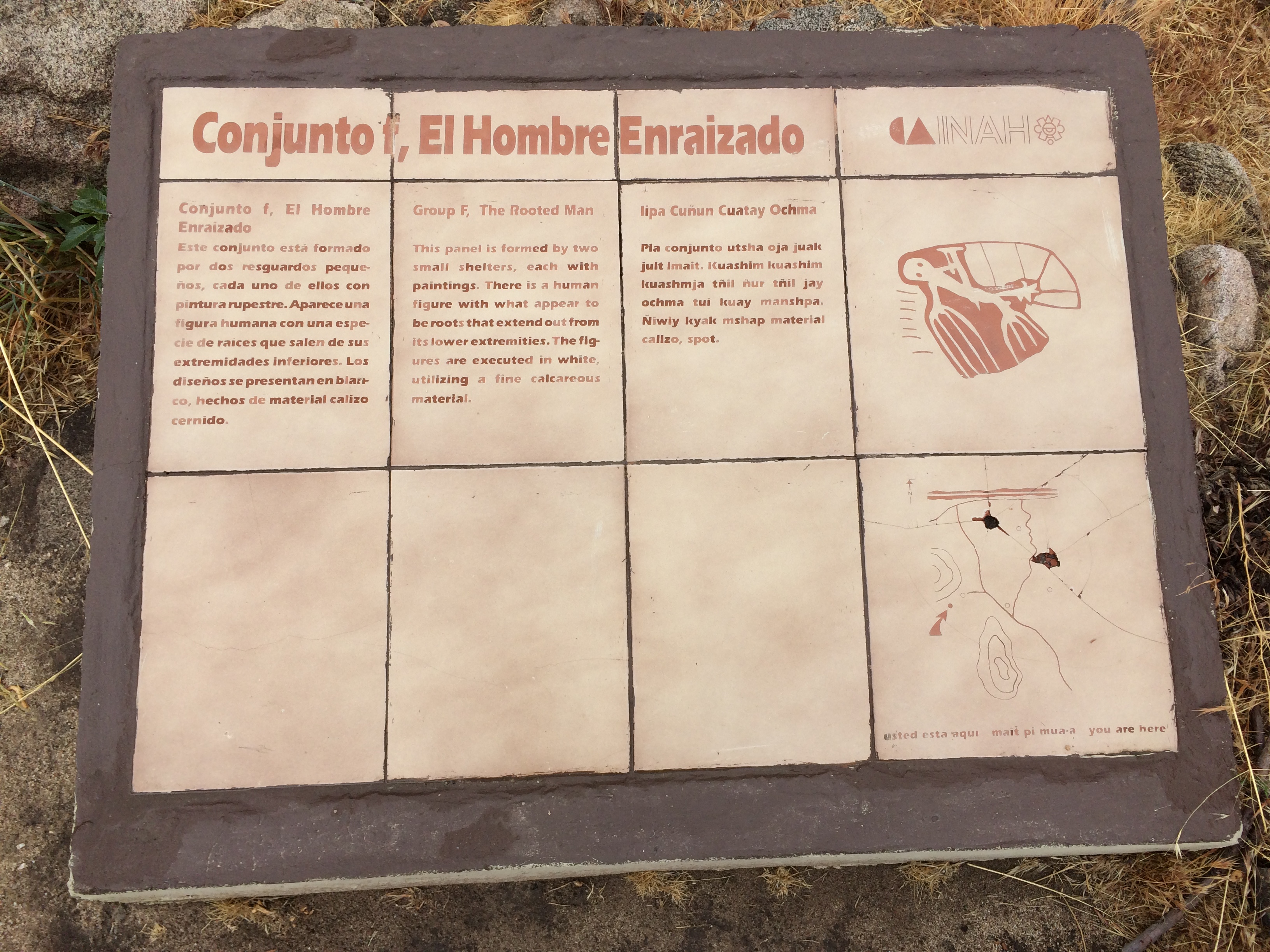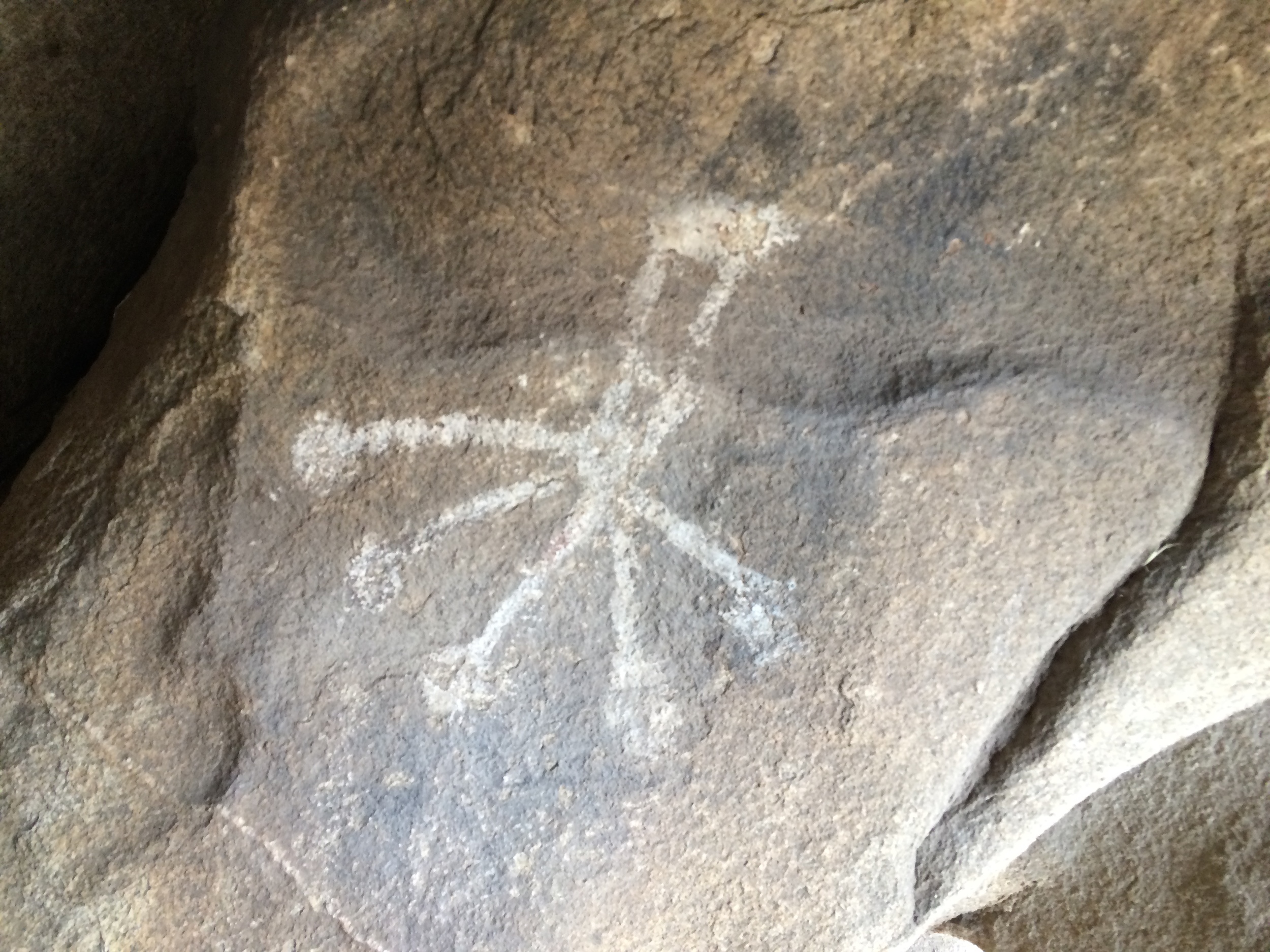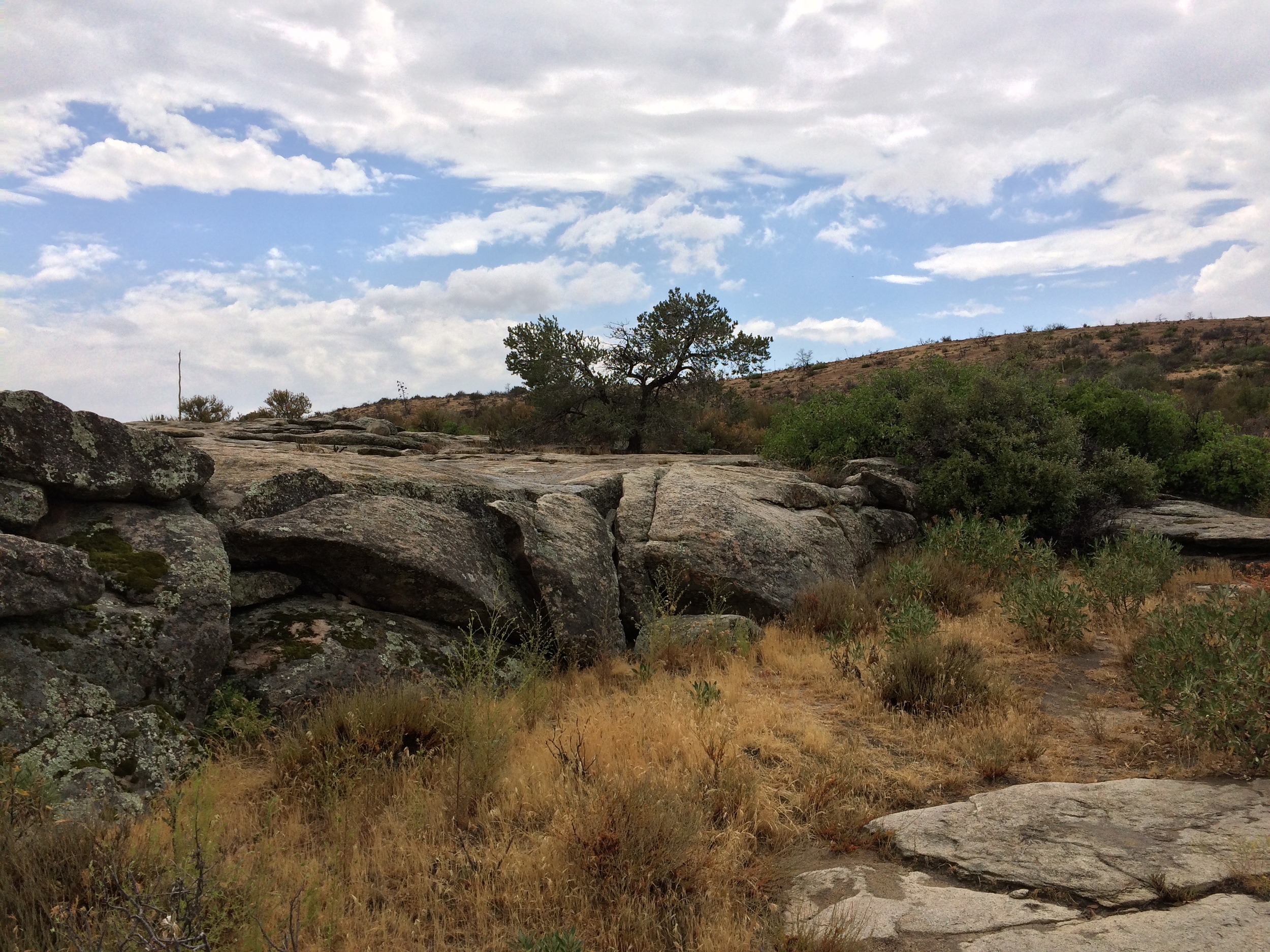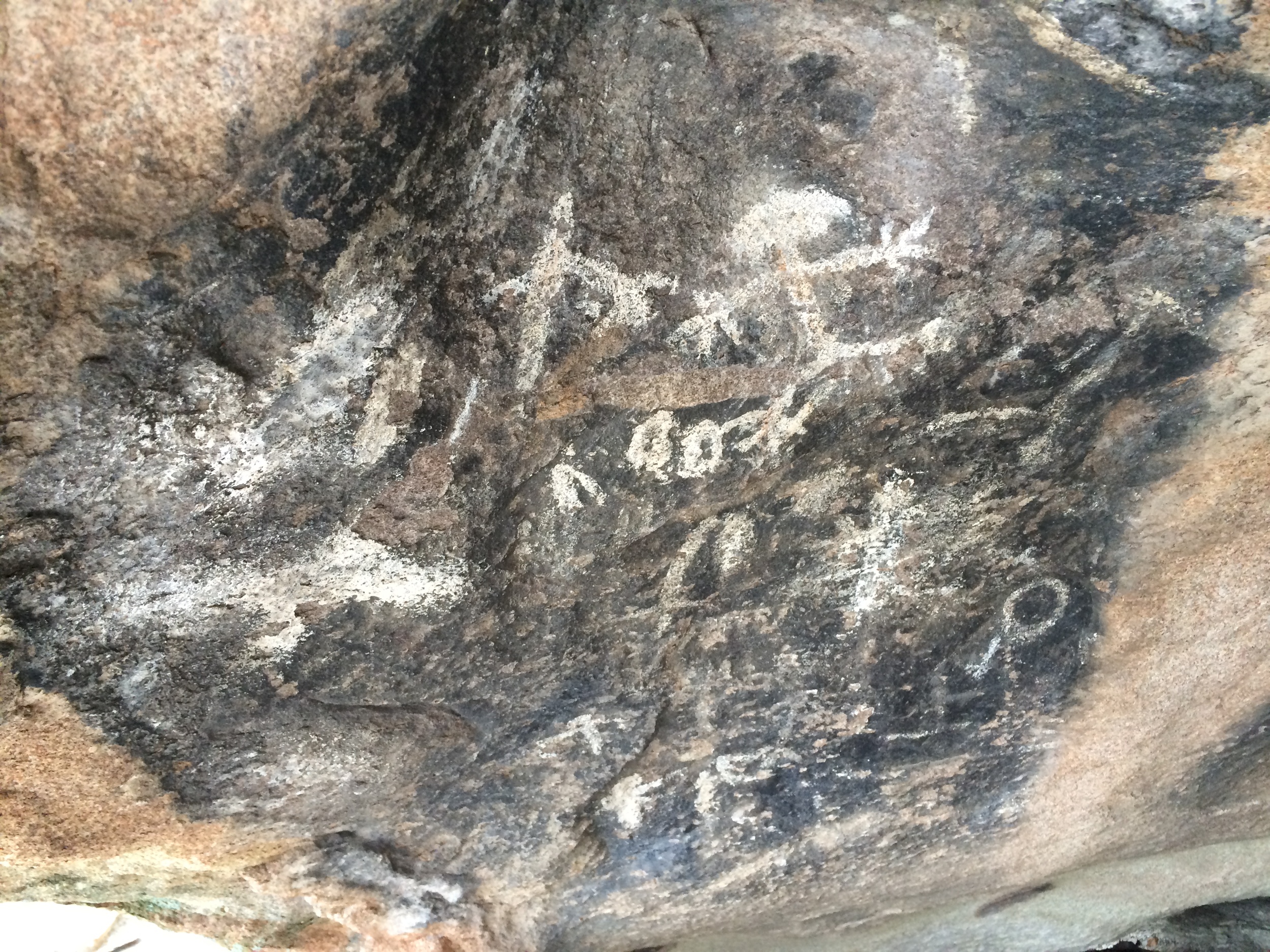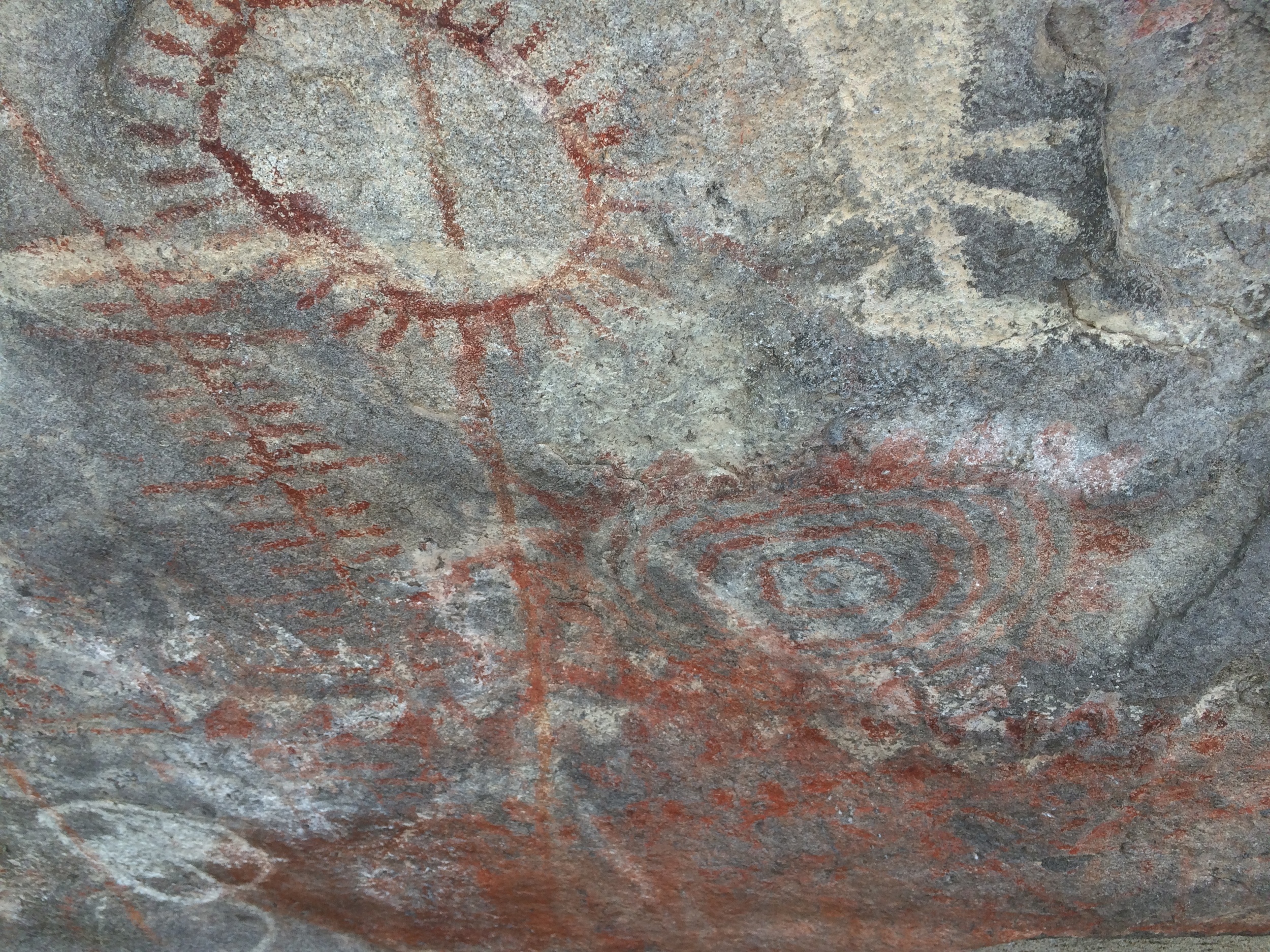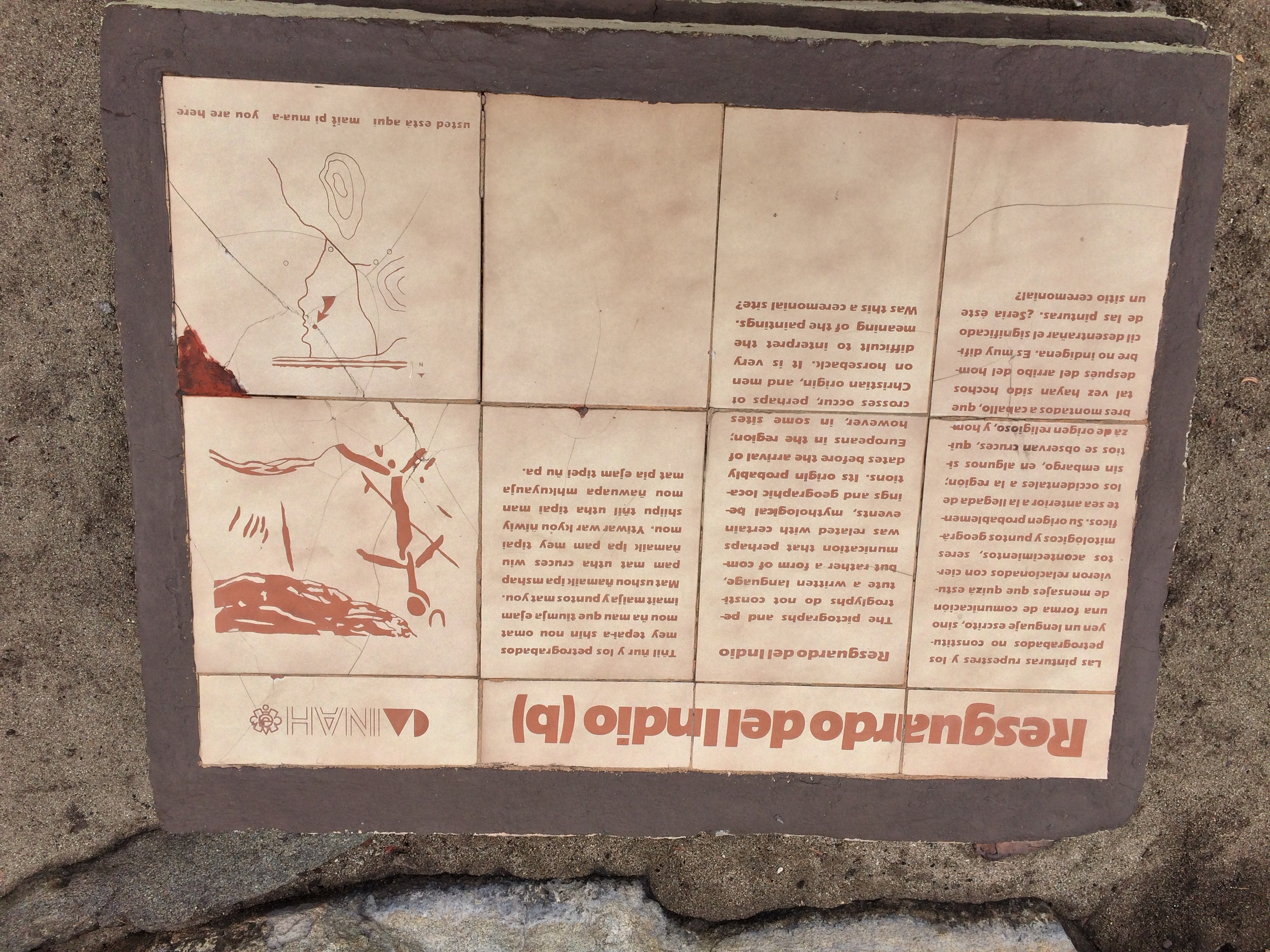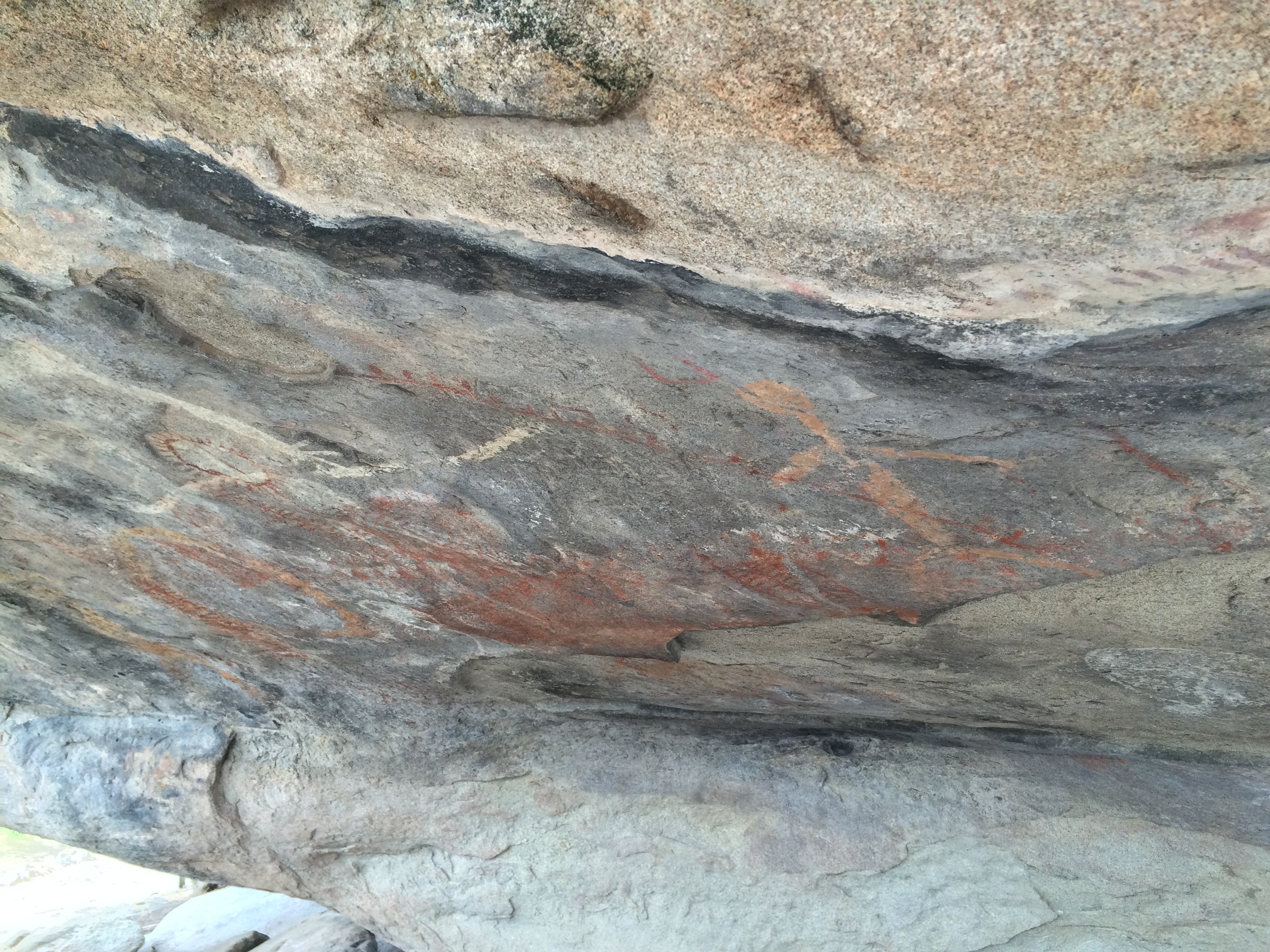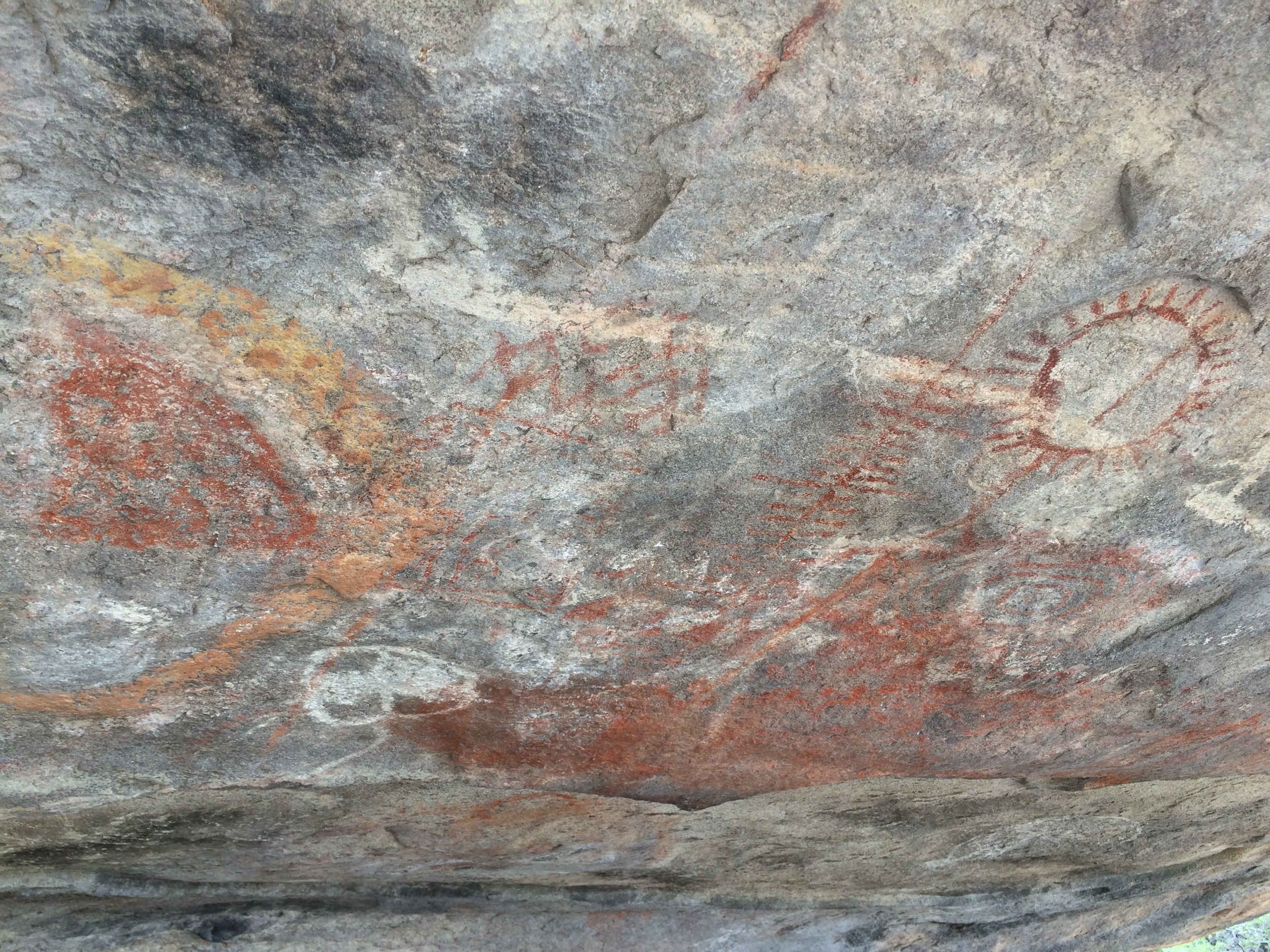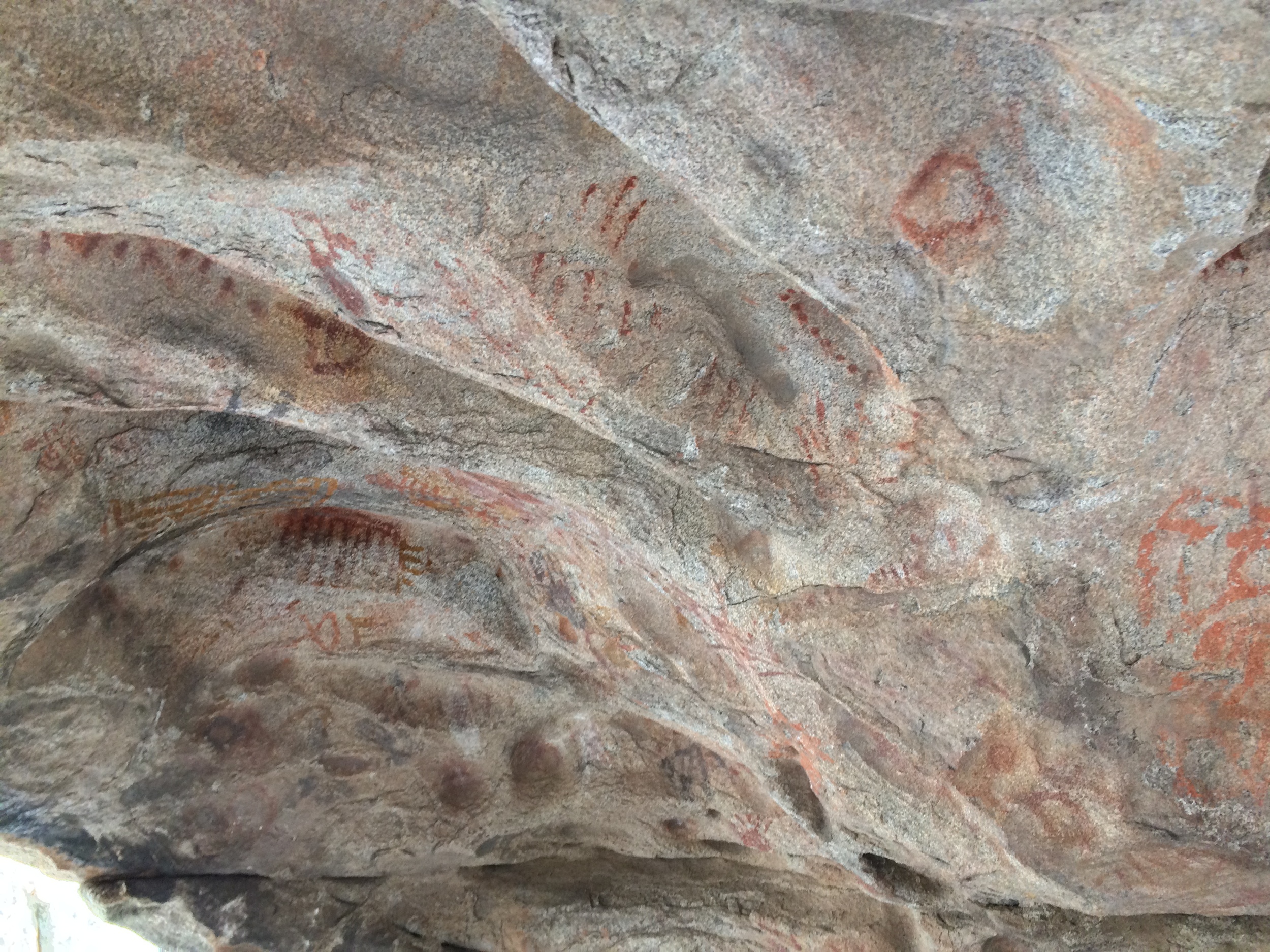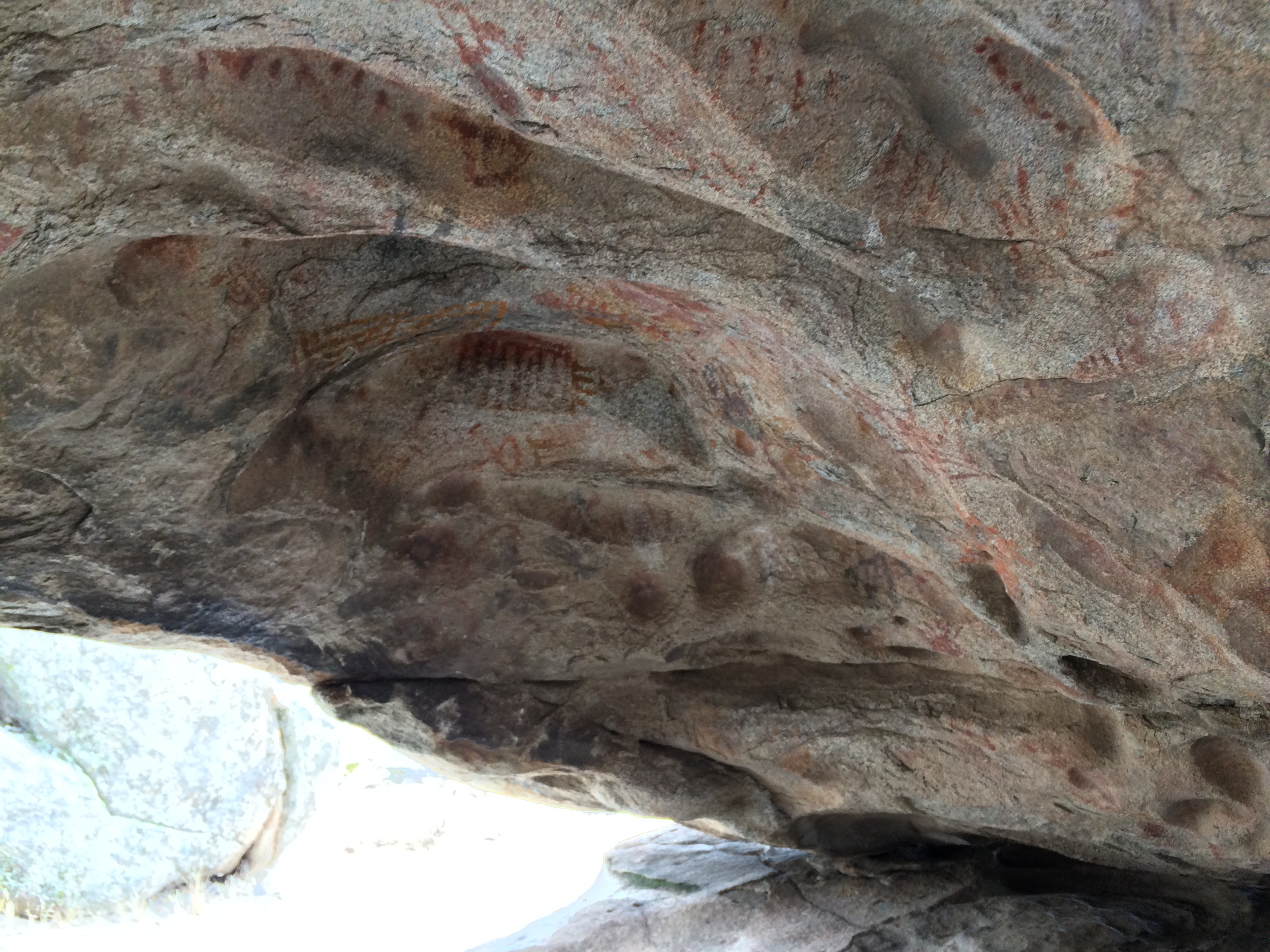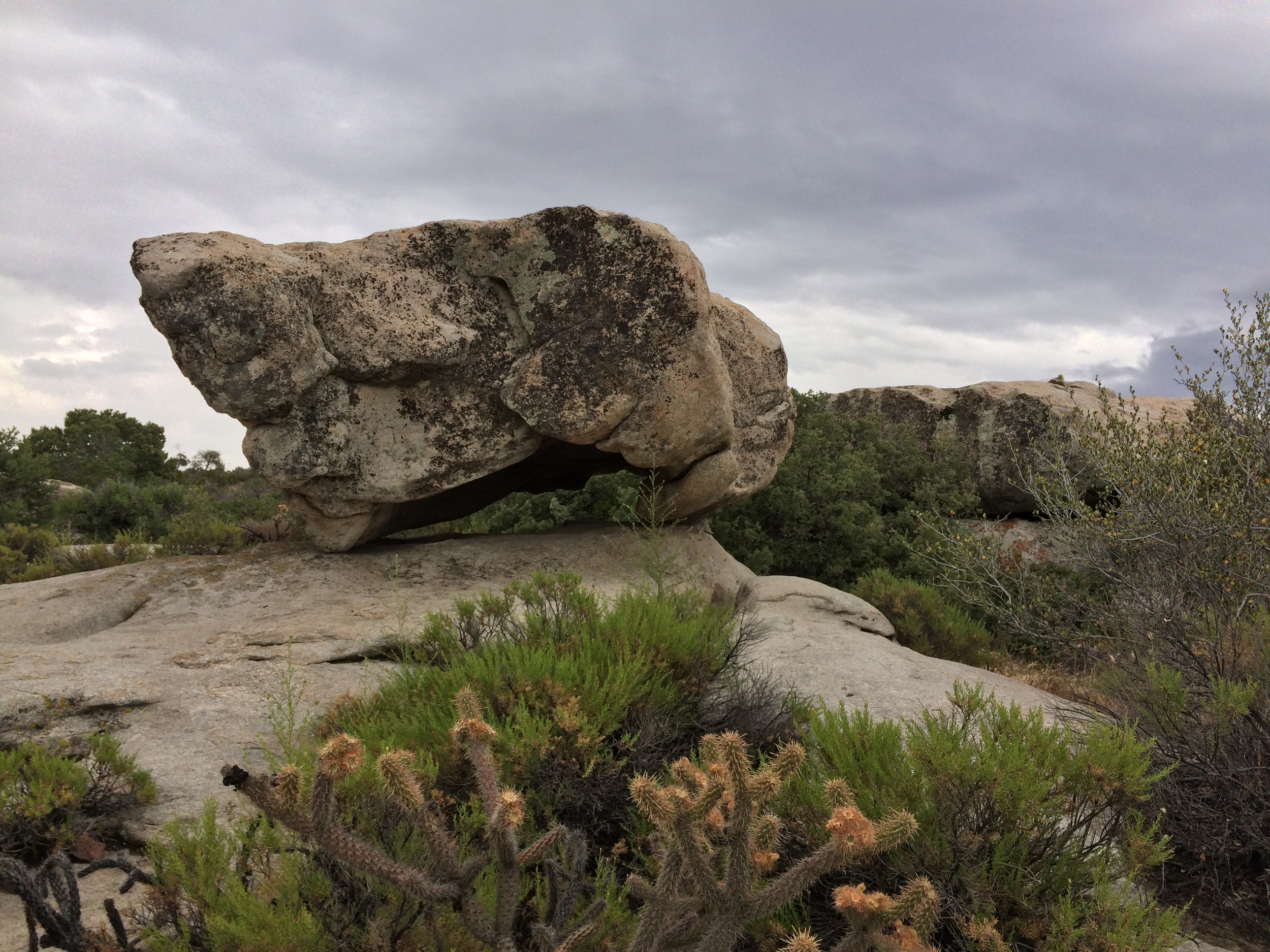The Southwest is dotted with two things: interesting geologic features, and interesting man-made features. Like the geologic features, the man-made features range from the recent past, to the ancient past. In my opinion, while there is nothing like a ghost town, or other more modern man-made site, the truly mysterious sites are the ones that are from the ancient past. While there are many sites in the United States that are accessible to visit, there are also sites that are just across the border in Mexico that are equally fascinating as well. While visiting Mexico presents its own challenges – visitors must have a passport, for example, and should probably be at least somewhat conversant with Spanish and the currency, the sites that are in Mexico demonstrate that the Southwest as a whole shares a common history and past in innumerable ways.
El Vallecito, July 2015
The best example of this is the El Vallecito archeological site located just outside the town of Tecate, Baja California. The site is operated and protected by the Instituto Nacional de Antropologia e Historia (“INAH”), which is a division of the Mexican government. While it is not a National Park, it is akin to visiting a park – local, state, or federal in the United States. The site exists to protect the many petroglyphs and pictographs that have existed at that location for several thousand years, and is one of the best spots to view the “La Rumorosa” style of rock art. This style of rock art is characterized by the presence of human figures, lizard forms, sunbursts, circles, and rectangular grids in red, black, white and yellow. These drawings were created by a tribe of Native Americans known as the Yuman, who were a predecessor of the Kumeyaay tribe, which inhabited large portions of San Diego County as well.
While there are many interesting things about the rock art at El Vallecito, the most interesting thing to me is that this site is one of the best examples of the La Rumorosa style. The next best site for the La Rumorosa style of rock art is the Blue Sun Cave, which is located approximately (by my estimation, not accurate) some fifteen to sixteen miles or more to the north on Indian Hill (100 miles by car) in the middle of the Anza-Borrego Desert. To those people that have never visited the area, this distance perhaps sounds like nothing special.
El Vallecito, July 2015
What makes this interesting is that the entirety of this terrain – from El Vallecito to Indian Hill is difficult – if not treacherous and dangerous terrain – even today. It is an area where temperatures regularly exceed ninety (90) degrees; and it is an area with little to no shade. It is rocky; there are steep mountains; and there is little water and little rain. In this context, these two sites are very interesting, because these people had to cross a wasteland with no trails, no shoes, and no modern directional finding equipment. Based on the historical record, this was a far distance. While we will never know exactly how such they traveled across these distances or why, what we do have is the remains of such cultures in their art – which is truly an epic and impressive thing in its own regard, especially as it has withstood the many years that separate their culture from ours.
In terms of the site itself, El Vallecito has a number of interesting pieces of rock art that visitors can see. The most well-known site is the “el diablito” panel, named for an all red figure that appears to have horns. As if this wasn’t interesting enough, the figure is aligned in the shelter to catch the light of the sun during the winter solstice. At that time, the early morning rays of the solstice make the figure’s “eyes” glow. Separately, the El Vallecito site also has a panel called the “rooted man”, which has an interesting picture of a human figure either connected – or trapped by “roots” extending from his lower appendages. While those panels are interesting, I found the panels at the Cave of the Indian and Resguardos de los Solecitos to be the most impressive. At these two sites (the last two off of the main trail), the boulders are covered with hundreds of separate pieces of rock art. While it is impossible to know what all of the symbols, drawings, and pictures mean – or meant, it is equally impossible not to marvel at the time and skill involved in making the art.
El Vallecito, July 2015
Directions: El Vallecito, as I mentioned above is located just outside of Tecate, in Baja California Mexico. The best way to access the site is to cross the United States – Mexico border at the town of Tecate, and then proceed through the town for half a mile to the junction of the Federal Highway 2D. This is a newer interstate in Mexico, and it is worth noting that it is also a toll road. The toll is relatively minor - $4.25 USD one way – and is enforced year round. From Tecate, follow the 2D East-Northeast for thirty-four miles. Once you are thirty-four miles East of Tecate, there will be an exit marked “Vallecitos”. Take this exit and head North (Left). If you miss the exit, you will have to travel another five miles into the town of Rumorosa before you can turn around and return West on the 2D. Once you cross the bridge, the road transitions into a well-graded dirt road. Follow this road for one mile to the entrance to the site, which is readily visible (there is a giant gate).
The site is open year round, Wednesday through Sunday from 9am to 4pm. As it is operated by the INAH, there is a nominal entrance fee, and an additional fee to use cameras and take pictures. As of July 2015, when I visited, it was a 35 peso fee to enter, and an additional 90 peso fee to use my camera phone. While this may sound like a lot, it was in actuality, only $7.45 USD at the time. Visitors should be aware that the staff on site is Spanish speaking, and do not carry change for dollars. While this was not an issue for me as I had pesos and my gringo Spanish speaking skills, I would not want anyone to arrive who was not prepared. Although I had heard some rumors online that the site was available only by guided tour, the staff only offered my group and I a map, and sent us on our way.
From the entrance, there is a well-marked path through the pinyon pines and plateau of the area that passes numerous rock outcroppings; some with rock art; and some without. Although El Vallecito is at 4,000 feet elevation, there is limited elevation gain on the trail through the rock art sites which is a little over a mile and a half in length. Once you have entered the park, you have as long as you want to complete the trail and view all of the art that you want to see.
Campo Alaska, a nearby INAH Museum in the town of Rumorosa, July 2015
Tips: While I wouldn’t consider this site to be off the beaten path like the Blue Sun cave, there were no people at the site other than my group, which was nice. The site was also clean, well-organized, and protected – security was watching my group at several of the sites to ensure that we did not get too close or touch any of the art, especially “el diablito”. While some people might find this intrusive, I was glad that the security was there – and interested in protecting the rock art. No drinks are allowed along the trail, and based on the exposed nature of the site, I suspect that at certain times, it can get quite hot, so visitors should plan accordingly and hydrate beforehand. Finally, the town of Rumorosa – five miles away from the site has an excellent museum – the Campo Alaska – which is also operated by INAH and has artifacts and information about the history of the region; and although this is a little further away, it is worth a stop if you are in the area.

